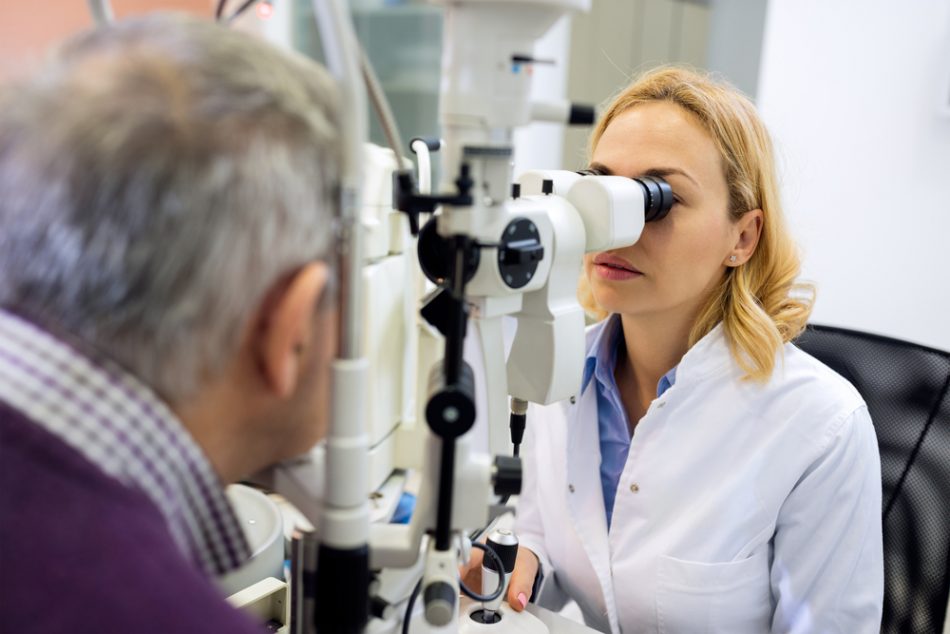Throughout the past decade, it seems like science is getting closer to the reality of gene therapy. Here at The Optimist Daily, we’ve reported on a number of potential uses for the practice, including; curing blindness, reducing obesity, ending malaria, allowing cross species organ transplants, and editing a healthier microbiome, to name a few.
What is age-related macular degeneration AMD?
The latest research points to the possibility of using this therapy to treat age-related macular degeneration (AMD). According to the National Eye Institute, AMD is the leading cause of blindness among older adults in the United States, impacting around two million people. The disease develops when abnormal blood vessels form behind the retina, eventually leading to these vessels leaking blood or plasma causing an infection.
People with this disease have to regularly visit the doctors, every four to eight weeks, to receive injections of aflibercept into the infected eye. Just one missed appointment can result in decreased vision, eventually leading to full blindness.
How does the gene-therapy work?
The experimental gene-therapy acts to fix AMD by adding the genetic information in the eye related cells to self produce aflibercept. Hopefully, people with this disease would just need one preliminary infection and from there on after their own supply could be sustained.
“With this new in-office intravitreal gene therapy, there is potential for a ‘one-and-done’ approach that can not only completely alleviate that treatment burden, but perhaps result in improved visual outcomes,” said Dr. Szilárd Kiss, lead investigator of the study. This treatment could hugely improve the quality of life for sufferers of AMD, also making it easier to stick to treatment outcomes.
How are the clinical trials looking?
As reported by the American Academy of Ophthalmology, the treatment is in phase I clinical trials and results are looking promising. All patients who have received the gene therapy have gone without the need for injection with the maintained vision for at least six months. A win for science and eyes everywhere!
Next, the team needs to enroll a higher number of people in the trails to ensure safety and efficacy. The hope is that within three to five years, this therapy can be commonly accessible to treat AMD.
Source study: American Academy of Ophthalmology (AAO) – In-Office Gene Therapy for Wet Age-related Macular Degeneration is Coming











